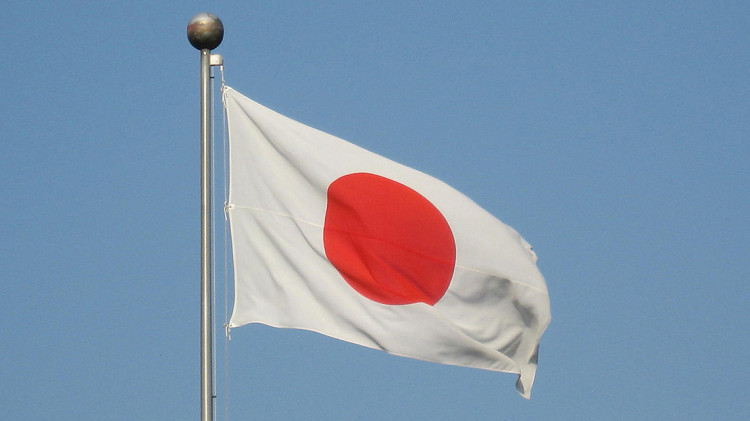Vienna, Austria

International Atomic Energy Agency (IAEA) experts have confirmed that the tritium concentration in the fifth batch of diluted ALPS treated water, which Japan’s Tokyo Electric Power Company (TEPCO) started discharging today, is far below the country’s operational limit.
Experts stationed at the IAEA’s office at the site of the Fukushima nuclear power station (FDNPS) took samples after the treated water was diluted with seawater in the discharge facilities on 19 April. The IAEA’s independent on-site analysis confirmed that the tritium concentration is far below the operational limit of 1500 becquerels per litre.
The corroboration of data will be also conducted in the fifth batch using interlaboratory comparisons involving both IAEA laboratories as well as independent third-party laboratories from China, Republic of Korea, Switzerland and the United States of America – all of which are members of the network of Analytical Laboratories for the Measurement of Environmental Radioactivity (ALMERA).
Japan is discharging the ALPS treated water from the FDNPS in batches. The previous four batches – a total of 31,145 cubic metres of water – were also confirmed by the IAEA to have contained tritium concentrations far below operational limits.
The IAEA Task Force conducting the safety review of Japan’s release of the ALPS treated water will reconvene on 23 April and conduct its second mission to Japan since the start of the water discharges. It is the next in a series of missions that began in 2021 and will continue throughout the IAEA’s safety review of the discharges. IAEA Director General Rafael Mariano Grossi visited Japan in March, as part of his ongoing commitment to monitor the discharge of treated water that began in August last year.
The IAEA’s comprehensive report issued on 4 July 2023 found Japan’s plan for handling the treated water to be consistent with international safety standards and that the release as planned would have a negligible radiological impact to people and the environment.
All reports on sampling, independent analysis, data evaluation, as well as timeline, will be available on the IAEA website.
No comments:
Post a Comment